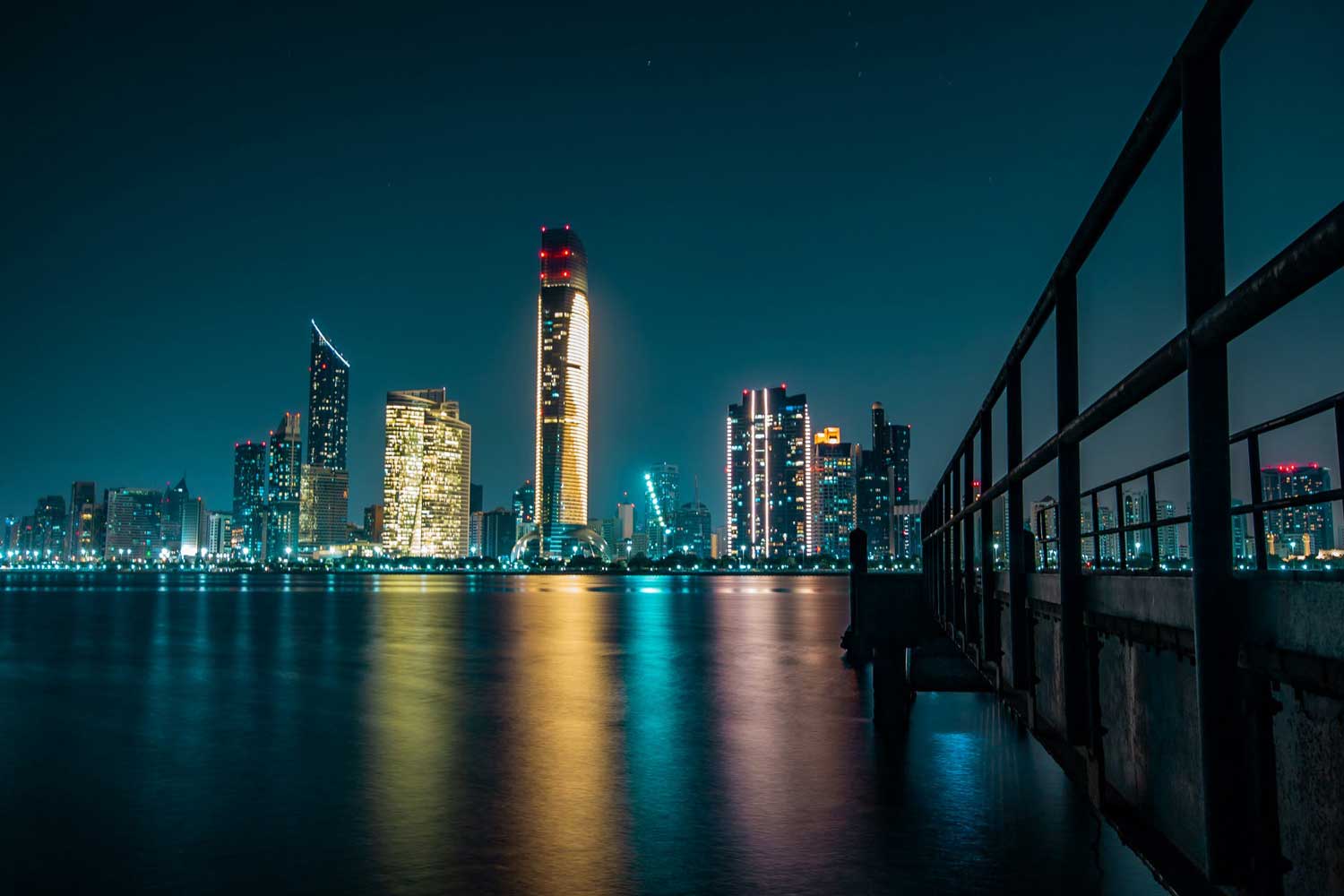3 things most people get wrong about carbon capture in 2021
April 19, 2021
CCS is a climate engineering initiative.
New beginners often believe that carbon dioxide capture technology is part of the climate engineering practices and “school-of-thought”. As such it tickles the imagination of many of those new readers of this blog, and to be sure – you have come to the right place! The concept climate engineering was first introduced by former US president John F Kennedy all the way back in 1961 in a speech about “controlling the weather”. Like all such large scale projects to date, the application of carbon capture technologies should therefore be sensitive in a environmental interdependent ecosystem, hard to contain and “probably” comes with a hefty price tag for any speculators in the form of attention from environmental interests groups, journalists and politicians. That is completely wrong – CCS is actually a part of the climate mitigation technologies, since it is not about manipulating the wider ecosystem but strictly about limiting greenhouse gases emissions at the source.

Carbon capture is expensive.
Both yes and no at the same time, but more wrong then right. To be clear, CCS in itself is of course not free of charge and never have been. Those set of technologies were developed by companies who needed to separate CO2 from the final product anyway, for their customer’s sake. Later, carbon capture started to came in wider use in the early 1970:s when a company in Texas, USA, came up with the idea that injection of CO2 in a an oil field would boost oil production. Enhanced oil recovery have proven to a big success for the oil- and gas industry, and have therefore been subsequently developed by a business with deep pockets. The reality at the present moment in 2021 is that CCS costs less than the total cost of building something useful with intermittent renewables – such as a wind energy park – thanks to those efforts. Many governments are also scrambling to help emitters save money by offering grants for building a carbon dioxide capture facility. And of course, for emitters with business sense there are money to be made by selling emissions rights. Abu Dhabi is the first place in the Middle East to construct a CCS-plant, in a joint venture with the European Union in 2017.
Carbon Capture & storage is not safe.
That is also not true. Small scale storage projects has been going on for at least 45 years. Carbon dioxide is inert and unipolar – it cannot react with anything, it is not like nuclear waste products. CO2 also has a much lower density than water: once pumped into place in an abandoned subsea gas field it cannot escape.